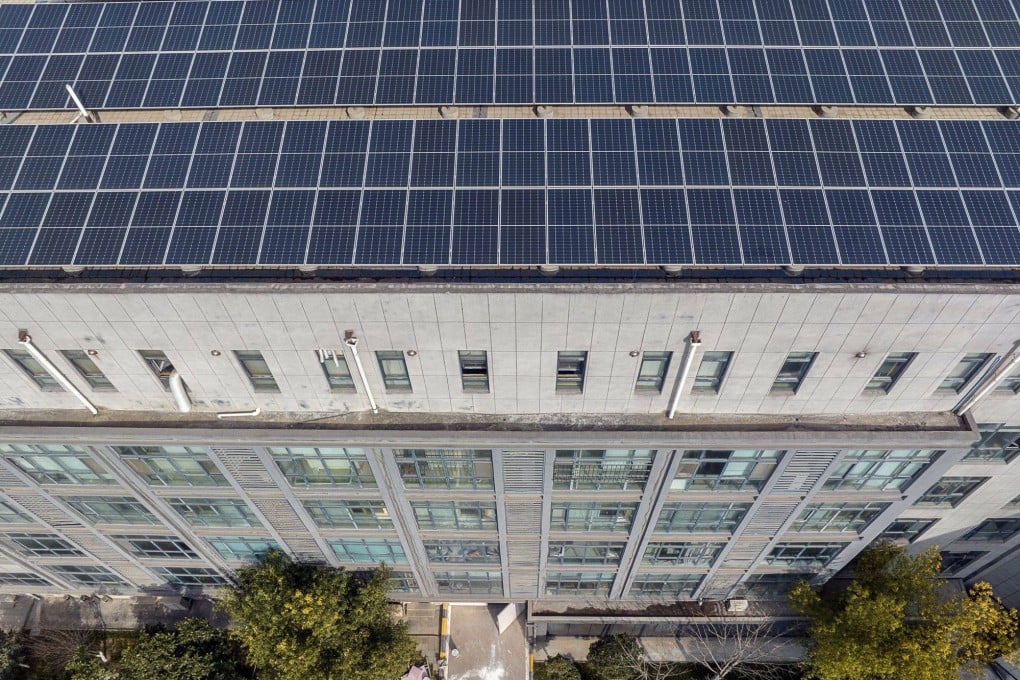Advertisement
Opinion | With mainland help, Hong Kong can popularise solar energy use
- Relying solely on subsidies to ease high electricity prices is bad for the government, the Hong Kong public and the environment
- Instead, Hong Kong should expand its low-cost green energy supply and coordinate with the central and regional governments to achieve carbon reduction targets
Reading Time:3 minutes
Why you can trust SCMP
3

As part of his latest budget, Financial Secretary Paul Chan Mo-po announced that, to alleviate the burden on Hong Kong citizens, the government will provide a HK$1,000 (US$127) electricity subsidy per eligible household. It will also extend the existing relief of HK$50 a month to each account until the end of 2025.
However, in the long run, relying solely on subsidies to alleviate high electricity prices is a “lose-lose-lose” situation for the government, the general public and the environment. It also does not achieve the goal of building a community with a shared future for mankind, as proposed by President Xi Jinping.
Instead, Hong Kong should expand its supply of low-cost green energy. From a national perspective, solar power generation is a better solution.
At Tesla’s Investor Day earlier this month, CEO Elon Musk proposed “Master Plan 3”, which aims to push sustainable energy to the forefront. The plan includes building more renewable energy generation facilities, including solar and wind power, and increasing global solar and wind power generation to 30 TWh, using only 0.2 per cent of the world’s land area as infrastructure to achieve worldwide self-sufficient green power.
Hong Kong can explore opening up more green power cooperation with suppliers and introduce mature photovoltaic solar power generation technology and equipment from the mainland to achieve the goal of self-sufficient power generation. The government can also continue to support solar energy use through the feed-in tariff scheme.
Hong Kong’s current electricity generation mainly relies on natural gas, nuclear power and coal-fired power plants. Taking CLP’s 2020 fuel mix as an example, natural gas accounted for 48 per cent, nuclear power accounted for 36 per cent, coal accounted for 15 per cent and renewable energy accounted for only 1 per cent.
Advertisement
